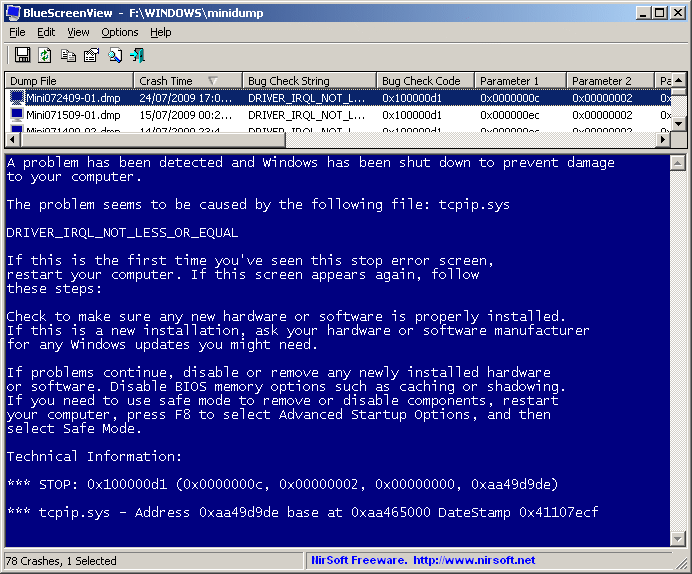Get your RedHat version:
cat /etc/redhat-release
Get your RedHat version:
cat /etc/redhat-release
Starting with vSphere 4.1, the Copy and Paste options are, by default, disabled for security reasons.
To enable this option for a specific virtual machine:
isolation.tools.copy.disable falseisolation.tools.paste.disable false
Note: These options override any settings made in the VMware Tools control panel of the guest operating system.
Note: If you vMotion a virtual machine to a host where the isolation.tools.*="FALSE" is already set, the copy and paste options are automatically activated for that virtual machine.
To enable this option for all the virtual machines in the ESX/ESXi host:
/etc/vmware/config file using a text editor.isolation.tools.copy.disable="FALSE"
isolation.tools.paste.disable="FALSE"Note: These options do not persist after an upgrade. If you upgrade to a newer version after enabling these options, the changes are lost and you may have to re-enable them.
To create an Unattended Silent Install, you first need a configuration file with all the right settings in it. To create the file, run a installation of SQL and select all required settings. Continue the installation until you reach the “Ready To Install” step. In this step you will see the location of the configuration file (see the image below).
In this case it is: C:\program files\microsoft sql server\100\setup bootstrap\log\20120524_103756\configurationfile.ini
You can cancel the setup proces now.
Edit the configuration file as follows:
Now you have your configuration file ready run SQL with the following command:
“<path to SQL setup folder>\setup.exe” /ConfigurationFile=”<path to config file>”
BlueScreenView scans all your minidump files created during ‘blue screen of death’ crashes, and displays the information about all crashes in one table. For each crash, BlueScreenView displays the minidump filename, the date/time of the crash, the basic crash information displayed in the blue screen (Bug Check Code and 4 parameters), and the details of the driver or module that possibly caused the crash (filename, product name, file description, and file version).
For each crash displayed in the upper pane, you can view the details of the device drivers loaded during the crash in the lower pane. BlueScreenView also mark the drivers that their addresses found in the crash stack, so you can easily locate the suspected drivers that possibly caused the crash.
http://www.nirsoft.net/utils/blue_screen_view.html

[wpdm_file id=76]